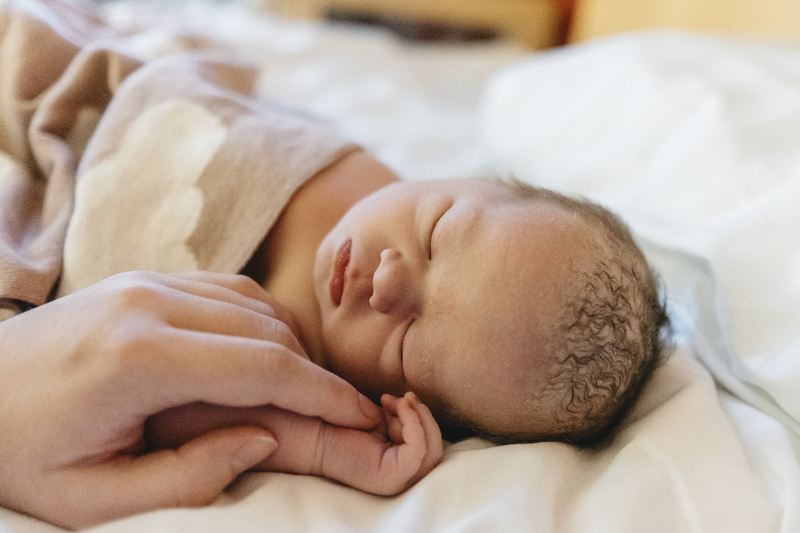The population of the Nordic Region

Population size
A total of 27.8 million people live in the Nordic Region. Since 2000, the population has grown by 13% or 3.6 million people. Nevertheless, it remains sparsely populated, with huge expanses of unspoiled wilderness – mainly forests, meadows, mountains and water. The exception is Denmark, which is one of the most densely populated countries in Europe, with 141 inhabitants per km2.
The population: 1 January 2022
Births in the Nordic Region
Fewer and fewer children are born in the Nordic countries, but the birth rate is still above the EU average, except in Finland. The highest fertility rate is in the Faroe Islands (2.3 children per woman of childbearing age).
Fertility
Population forecast
The Nordic population is growing older and older. In 2022, the proportion of the population aged 65+ was 20%. This figure is expected to rise to 25% in 2040. The trend is even clearer in the EU, where the forecast is that 28% of the population will be 65+ in 2040.
Proportion of the population aged (65+)
Migration
In most Nordic countries, net migration is positive, i.e. immigration is higher than emigration. For many years, Sweden has had the largest positive net migration in the Nordic Region.
Net migration
More facts about the Nordic population
The Nordic Statistics database contains data on population size, population movements, population forecasts, families, fertility, migration and urbanisation.
State of the Nordic Region 2022 contains analyses, figures and statistics about the Nordic countries presented from a regional angle. The 2022 edition pays particular attention to population trends during the COVID-19 pandemic.